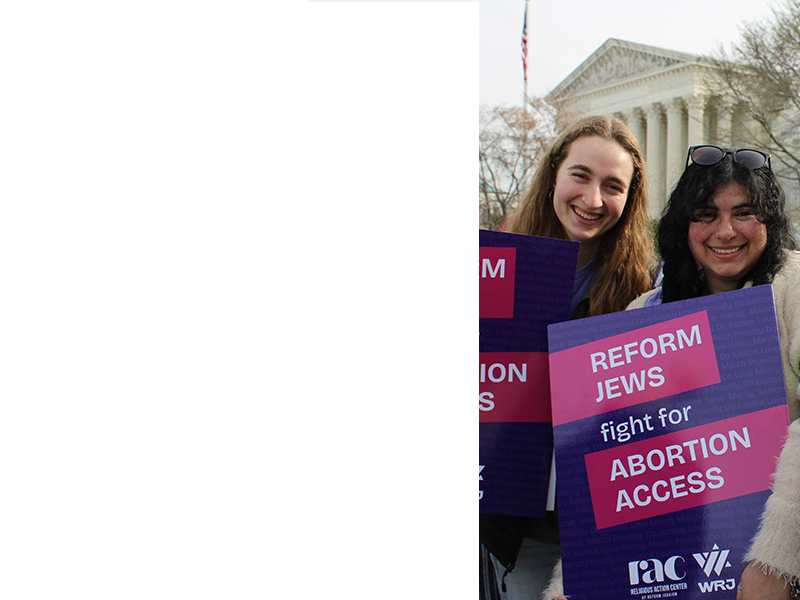
You shall leave the Peah (corners) of the field– they are for the poor and the stranger among you. (Leviticus 23:33) And though no definite amount is given for Peah, one should not make the Peah less than one-sixtieth of the entire crop. It is all based upon the size of the field, the number of poor who will be collecting it, and the abundance of the crop. (Mishnah Peah 1:2) I love these texts so much; in many ways, I think of them as the Jewish touchstone for our obligation to the less fortunate amongst us. And there’s nothing like teaching these texts at camp! I just returned from two weeks on faculty at URJ Eisner Camp, where, for a few of those days, I had the opportunity to bring these teachings to life on the grounds of an idyllic place, where Judaism and Jewish values are practiced 24 hours a day. Nestled among the hundreds of acres of camp is a beautiful garden—perhaps 1/8 of an acre of tomatoes, broccoli, squash, beans, and more. To introduce the concept of leaving the corners of the field, we sat in the shade of a tree adjacent to camp’s garden/farm. We looked together at the text from Leviticus. When I asked them what other details a farmer would have to know in order to actually follow this mitzvah, one young man rightly pointed out, “the text doesn’t tell us how much a corner is.” Having anticipated this observation, I asked the kids to get into pairs. I gave them each a long length of string, and asked each pair to go into the garden and mark off what they considered to be the corner of the field. What transpired was priceless, and nearly impossible to recreate in even the finest religious school classroom. Some pairs marked off tiny corners—with one or two plants in them. Other “farmers” marked off huge swaths of the garden—indicating that each corner would be nearly 1/4th of field. We had a great discussion, where the more generous and less generous farmers debated their relative positions on the matter. The next day, we established that, in fact, none of us actually live on a farm, and so the question hanging over the course was, “Does this really apply to us in 2012?” We spent a day of actual work in the garden, staking up tomatoes, harvesting zucchini, watering, and weeding; most had never gotten their hands dirty in a garden before. Many were staying all summer, and reflected that they were now really excited to watch the garden grow and to enjoy the fruits of their labors. We discussed agitating the Teva (outdoor education) staff about leaving a corner of what they harvested for the poor in town. The following day, we really dug into (excuse the pun) the question of if/how this mitzvah might apply to us. We looked at the Mishnah Peah text, and then I asked the kids to divide themselves into “families” of four. Each family received 100 pennies that they lined up in 10 rows of 10. I told them that each penny represented $1000 of income, and asked them to make a decision as to how much they’d give to tzedakah. Then, we considered the extension of the text. What if it was a tremendously abundant year for their family, and each penny now represented $10,000 dollars? What if there was a significant increase in the number of poor in their town? A significant decrease? In each case, campers were able to show and tell how they’d make their decisions as families. Just as in the public discussions taking place in the United States in 2012, some advocated that they should be able to keep as much as they could, while acknowledging the obligation to leave something for the poor. Others felt that they’d go well above and beyond the minimum requirement of 1/60th. By the end of the short course, there was no doubt in my mind that the mitzvah of “leaving the corners of the field” is vibrantly alive for them. I hope and pray that someday, when they are each successful in their various ways, they will remember the lessons they learned tactilely, in a farm/garden at a URJ camp in the summer of 2012.
Related Posts

Remarks from Rabbi Eliana Fischel at Jewish Gathering for Abortion Access

Teens from North Carolina Speak About Environmental Justice


